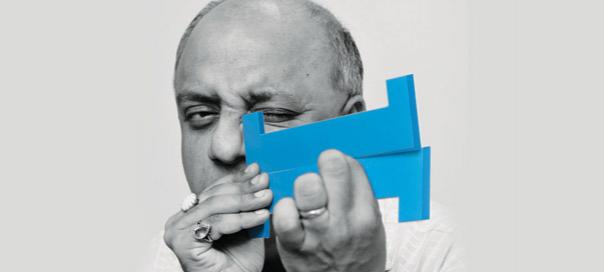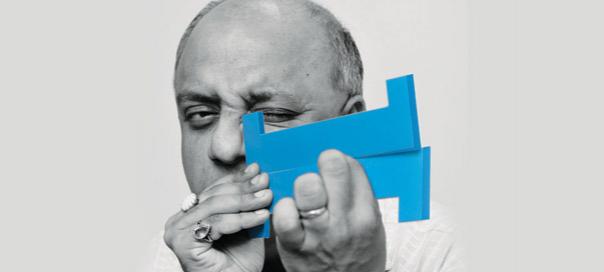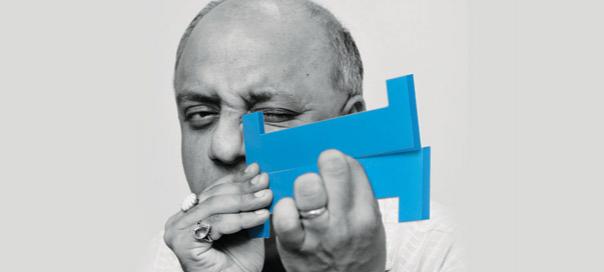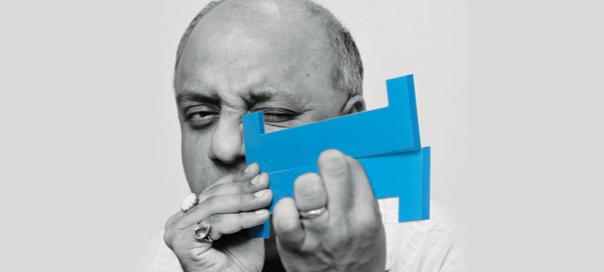In recent times, media activism has not gone in vain. Media has been duly credited with the formation of public opinion, building awareness of civil liberties, civil rights and human rights. The media has vividly portrayed human interest stories and provoked proactiveness among civil society. In issues of oppressive behaviour of governmental authorities and state tyranny, the Indian media is second to none. With the exception of the Emergency years (1975-77), the Indian judiciary has on many occasions taken up media reportage to initiate suo motu proceedings and issued mandatory directions to the executive.
Many public-spirited activists have also petitioned the High Courts and the Supreme Court in the shape of Public Interest Litigation on the basis of initial media reports. Swami Agnivesh, Maneka Gandhi, Olga Tellis, Bonani Kakkar, Subhas Dutta et al relied on media reports and media support to move the judiciary pro-bono publico, when the affected persons were unable to approach the courts for redress.
As a result, bonded labour abolition, NGOs receiving state aid to be treated on par with Article 12 entities, animal welfare, wetland, environment and other good causes were brought under the legal scanner and restructured accordingly. Legislation was enacted, interpreted and given effect to, bettering the quality of our lives on the judicial mandates initiated on the basis of investigative journalism.
The National Human Rights Commission and the State Human Rights Commissions have been given institutional shape as part of the United Nations’ initiative in cognisance with the Charter of Human Rights. The HRCs take up investigations arising out of police “excesses” like torture and custodial deaths.
Other aspects of human rights such as encroachment upon civil liberties and civil rights have also been taken up by these HRCs upon specific complaints. But unlike the judiciary or the police, the HRCs cannot issue fiats or order arrests. The HRC’s directions to the state are recommendatory. The state is not bound to carry out such recommendations and the HRCs cannot initiate Contempt of Court proceedings.
However, all or nearly all state governments have respected their findings and recommendations. One glaring exception is that of the Government of West Bengal, which has refused to carry out such HRC directions initiated on the basis of media reportage. Two such cases involve attacks on a professor and an institution of national importance. The West Bengal HRC, headed by retired Supreme Court Judge Asoke Ganguly, had taken suo motu cognisance of the politically motivated wrongful arrest of Prof Ambika Mohapatra of Jadavpur University. He was arrested on the charge of “outrage of modesty”. His offence was that he and his friend were sending cartoons lampooning the incumbent Chief Minister.
The HRC took up investigation on the basis of media reportage, including photographs. After summoning Kolkata’s Commissioner of Police and interviewing other people, the HRC recommended fines of Rs 50,000 to be recovered from the police and paid to each of the falsely arrested persons. The state government has refused to comply.
Before citing the other case, let us briefly go over some definitions. “Right” as a noun taken in an abstract sense means justice, ethical correctness or consonance with the rules of law or the principles of morals. In this signification, it serves to indicate the complex underlying moral principles which impart the character of justice to all positive law or give it ethical content. As an adjective, the term “right” means just, fair, morally correct, consonant with ethical principles or rules of positive law. It is the opposite of wrong, unjust, illegal.
The other instance of the West Bengal HRC investigation initiating suo motu is media reportage showing three policemen “guarding” the main gate of Presidency University. It happened on April 10 this year. On April 12, the HRC asked Dr Amal Mukhopadhyay, former principal of Presidency College, to probe the entry into the university of a violent mob carrying Trinamool flags and vandalising the premises. The historic Baker laboratory where JC Bose, PC Ray, MN Saha and other iconic scientists worked, was damaged. A lance was found at the site. The state Industries Minister alleged provocation by Presidency students.
Prof Mukhopadhyay said in his report that the javelin thrown to break window panes at the entrance of the Baker Building does not belong to the university. The committee’s “observations” are based on statements given to it by policemen of the local police station. “The three policemen who were on duty outside the campus on April 10 have said outsiders carrying Trinamool flags had entered the premises. They were raising slogans in support of the Trinamool,” Mukhopadhyay said, after submitting his report to rights panel chairman Ashok Ganguly.
The “observations” picked holes in Industries Minister Partha Chatterjee’s claim that none of his party supporters were involved in the vandalism at Presidency. He said this at a press conference on April 17 at Trinamool Bhavan.
Did the policemen tell him that the same outsiders stormed the MSc Physics first-year laboratory at Baker Building, destroying laboratory equipment and assaulting students? “I won’t comment on this. I have explained the facts in detail,” Mukhopadhyay said.
The commission’s comments on the javelin contradicted Chatterjee’s claim that it belonged to the university’s sports department, thereby hinting that an insider triggered the violence. Terming the attack as “stage-managed”, he had said: “I wonder how outsiders could get hold of the javelin that belongs to the university. The police should investigate.”
The report states that “invaders” carrying Trinamool flags broke open the university’s main gate. Trinamool leaders had tried to prove that there was “provocation from inside” saying supporters of the independents’ consolidation hurled stones from inside the campus when a party rally was passing by the university gate to protest the attack on Finance Minister Amit Mitra in Delhi. Mukhopadhyay refuted this as well.
“No stones were thrown from inside the campus,” he said. “All thanks to the media, which has been highlighting the issue since it happened. I hail the media for living up to public expectations and earning respect in the process.”
Feedback: abatra@exchange4media.com
























